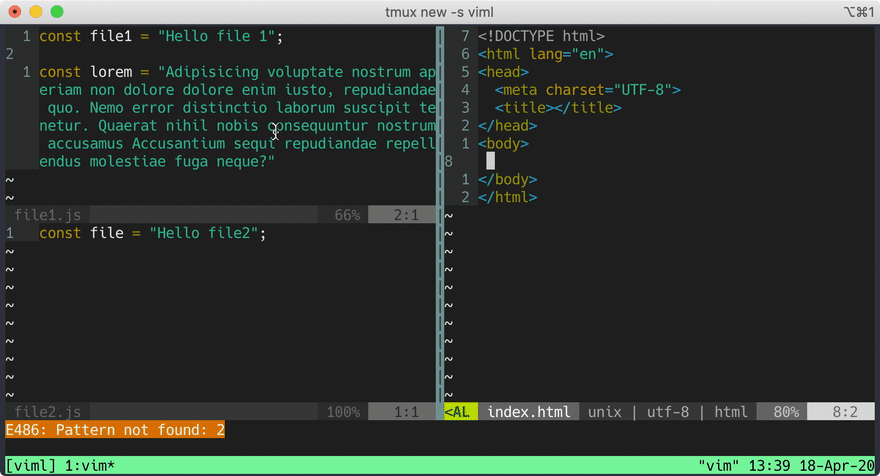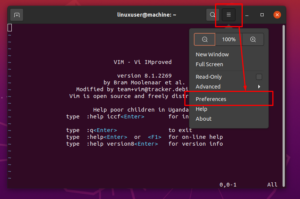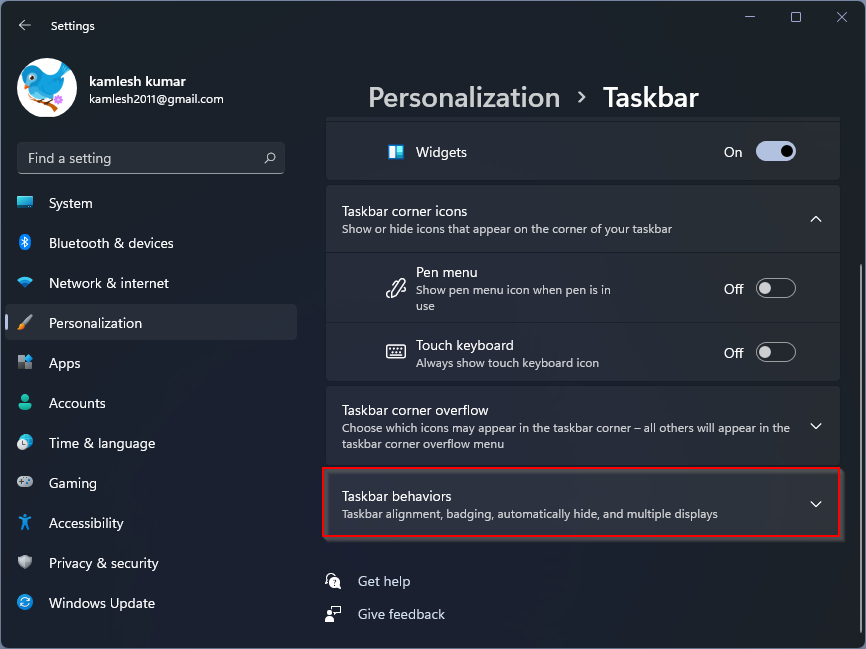
You can use the same shortcut Shift+F12 to restore the saved layout. To save the current layout as the default, from the main menu select Window | Store Current Layout as Default. If you need to keep the terminal window open when you switch back to the active editor, press Ctrl+Tab. IntelliJ IDEA closes the terminal window. Return to the editor from the command-line terminal IntelliJ IDEA moves the focus from any window to the active editor.

Switch the focus from a window to the editor In this case the active screen is maximized and other screens are moved aside. IntelliJ IDEA hides all windows except the active editor. You can use various shortcuts to switch between the editor and different tool windows, change the editor size, switch focus, or return to the original layout. Tabs show the names of the currently opened files. The gutter shows line numbers and annotations. The scrollbar shows errors and warnings in the current file.īreadcrumbs help you navigate inside the code in the current file. The editor consists of the following areas:


vimrc, VimEnter allows the plugin to load before the function is called. This is done, because the plugin needs to be loaded before the functions defined in the plugin can be used.

Note the use of a VimEnter autocmd instead of calling CmdAlias directly in the vimrc. Now typing :qa in a tab will close out the tab. To accomplish this add the following to your vimrc: Once this plugin is loaded add the following to your vimrc to create a user command for QA.Įchohl ErrorMsg | echo v:exception | echohl NONEįinally create an abbreviation for :qa to mean :QA which will allow you to not have to remember :QA making it easier to use the command you are already familiar with to "close" your tab. This plugin will allow you to keep your abbreviations in the context of a : command. This method requires the plugin cmdalias.vim plugin.


 0 kommentar(er)
0 kommentar(er)
